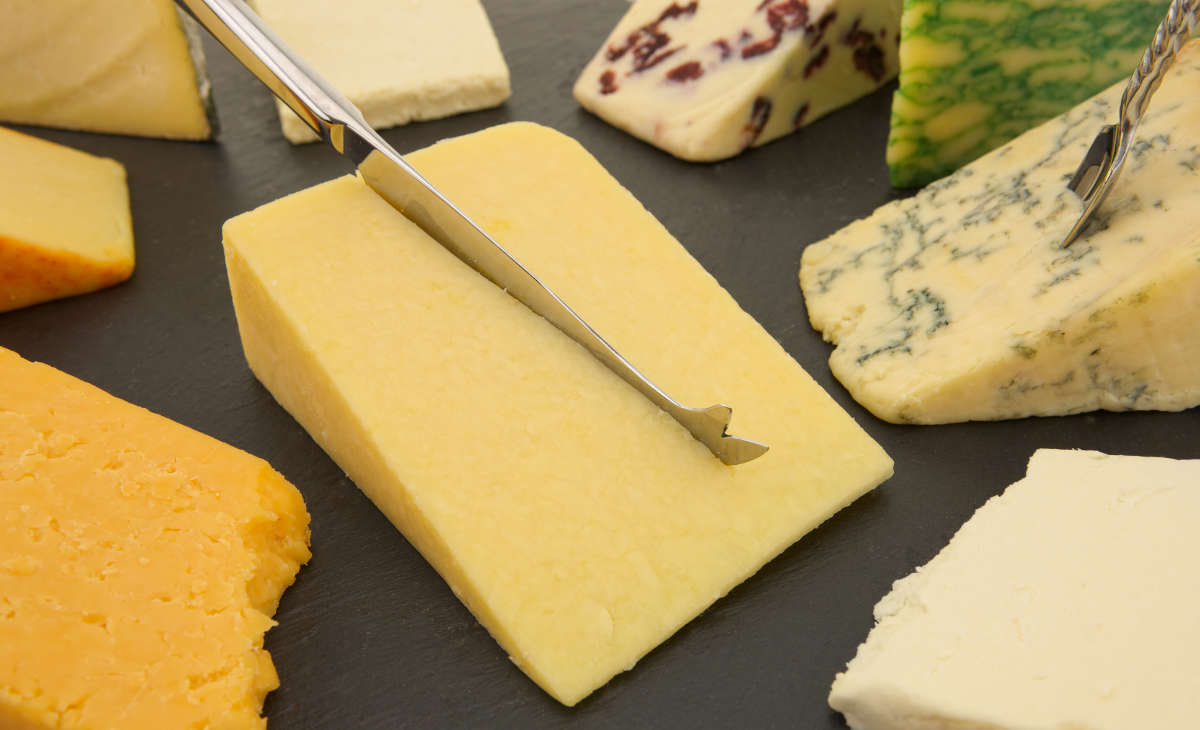The English countryside is a giant pantry of after-dinner delights, and a whole host of counties claim bragging and financial rights to some of our most beloved cheeses.
As you will see, it can be tricky to determine a cheese’s historic home, so EU law can endow agricultural foodstuffs with PDOs (protected designation of origin) to ensure that only certain areas can use the relevant names. As you will also see, this can cause consternation, drama, and intrigue. Here are 6 English cheeses to try.
Cheddar – Somerset
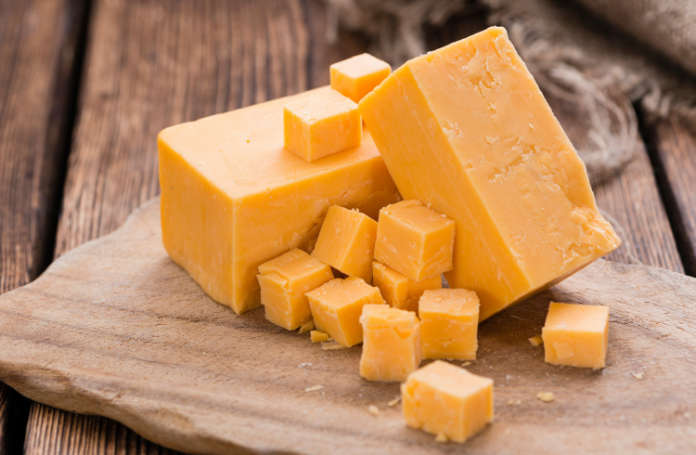
Perhaps one of Britain’s greatest exports, this hard, light-coloured doyen of the dining room has conquered the global cheese market like few others.
Traditionally made in the town of Cheddar in Somerset and now approaching its 850th birthday (it may be older, we can’t be sure), British Cheddar still accounts for more than 50% of cheese-related UK exports.
You don’t need me to tell you about the taste – unless you were born a vegan, you’ve definitely tried some.
Stinking Bishop – Gloucestershire
A soft cheese made solely on Laurel Farm in Gloucestershire, Stinking Bishop is almost too pure for the cutthroat world of cheese-making.
In 2005 it featured in Wallace & Gromit film, The Curse Of The Were-Rabbit, causing a vast – and entirely unwanted – spike in demand. “Our orders have increased 500%,” said cheese-farmer-in-chief, Charles Martell, “so we’ve got a problem already. We’re very small and we’re very happy here. I love cheesemaking and I don’t really want to be any bigger.”
The rind is washed in perry, which lends the cheese its characterful (read: Serious) stink.
Stilton – Derbyshire, Nottinghamshire and Leicestershire
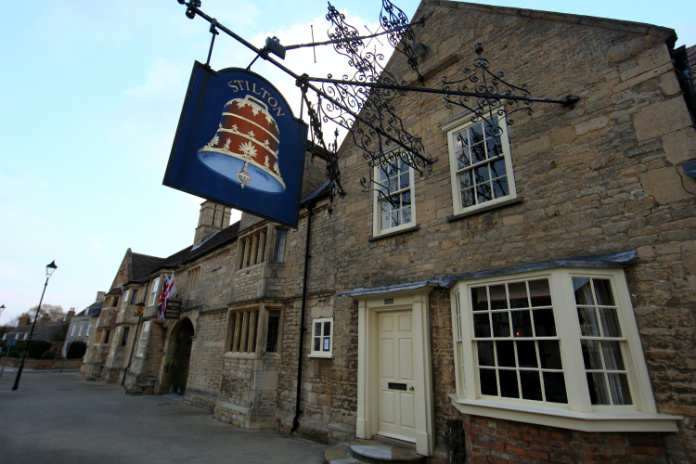
A titan in the pantheon of British cheeses, Stilton is old, grand, and highly controversial. The first seller of Stilton is thought to have been a landlord of the Bell Inn Hotel in the Cambridgeshire town of Stilton, from which the cheese gained its name. Daniel Defoe passed through in the 1720s, and noted its cheesy reputation even then.
Unfortunately, later chroniclers found little evidence Stilton was actually made in the town, and a 1996 PDO granted sole manufacture to Derbyshire, Leicestershire and Nottinghamshire.
Suddenly, the town of Stilton found itself debarred from creating its namesake. Newer research has Stiltonites crying foul and claiming Stilton was in fact the cheese’s birthplace, but the PDO remains.
The Bell Inn Hotel still does good business and still serves a Stilton-heavy lunch menu, but all the cheese is imported from neighbouring counties.
Cornish Yarg – Cornwall
“It’s all about nettles!” So says the Lynher Dairies on Cornish Yarg – and they ought to know, they make it.
If cheddar is global, and Stinking Bishop is local, Cornish Yarg is somewhere in between. It exports internationally and is not PDO-protected, but churns every bite out of its rural dairy near Truro in Cornwall. As the cheese matures it is wrapped in nettle leaves – or sometimes garlic – resulting in a distinctive, almost mushroomy taste.
The current Yarg has only been in production since the 1980s, but, it is claimed, is merely the latest spin on a cheese that goes back decades. The name is inspired by a farmer called Gray, who supposedly thought up the original recipe. Play around with the letters – you’ll work it out.
Swaledale – North Yorkshire
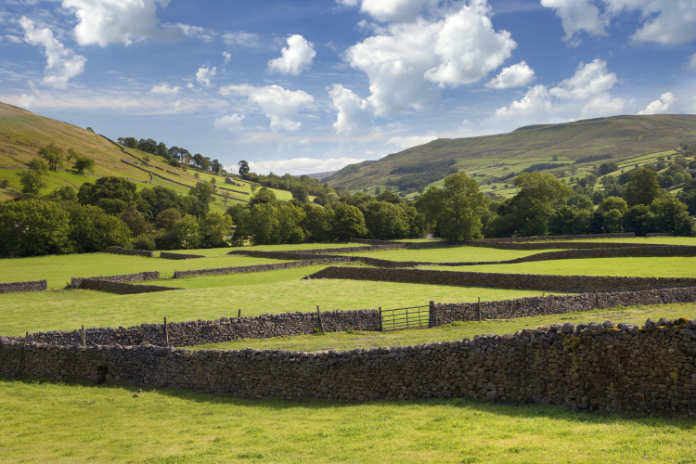
A full-fat, hard cheese that’s as tough and rugged as the dale that gives it its name, Swaledale is Yorkshire to its core.
Made solely with the milk of dale-fed cows, the makers of this PDO-protected cheese insist the unique combination of herbs and grasses gives the final product a taste found on no other cheeseboard in the land.
Shropshire Blue – lots of places but not Shropshire
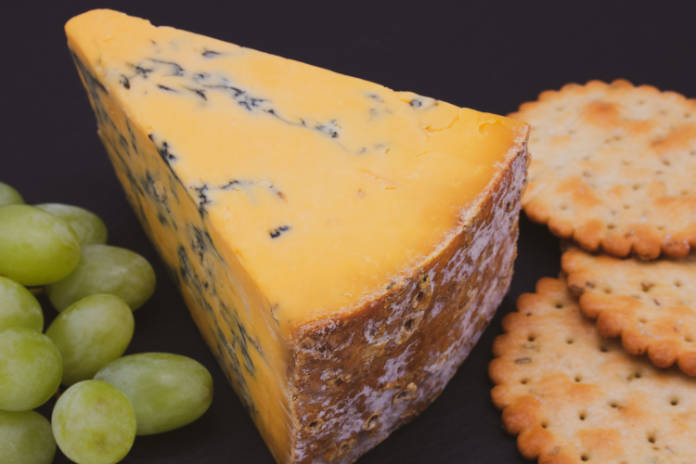
This may be a tough read for the proud people of Shropshire, but the prevailing theory is this flagship cheese has nothing to do with Shropshire whatsoever.
Cheese origins can be difficult to trace, but most observers point to Inverness as a starting point. Initially called Inverness-shire Blue, the cheese was re-named Shropshire blue for marketing and brevity.
After a brief stint in Cheshire, it’s now made mostly in Nottinghamshire and Leicestershire. Not only did this cheese not originate in Shropshire, it didn’t originate in England at all.
Read more: 10 of the best gardens to visit this summer























































